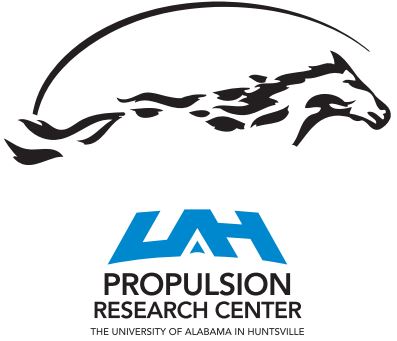Double Wall Cooling of an Effusion Plate With Simultaneous Cross Flow and Impingement Jet Array Internal Cooling
Source
UAH PRC Research Database
Document Type
Article
Publication Title
International Journal of Heat and Mass Transfer
Abstract
The present study considers comparisons of hot-side effusion plate results for a mainstream flow passage with CR = 1 and for a mainstream flow passage with CR = 4. The coolant supply arrangement for both CR contraction ratio values includes simultaneous use of cross flow and an impingement jet array. For the effusion cooled/hot surface, presented are spatially-resolved distributions of surface adiabatic film cooling effectiveness, and surface heat transfer coefficients (measured using infrared thermography). These results are given for main flow Reynolds numbers Rems of 89,900 to 95,800. For this main flow Reynolds number range, four different combination values of crossflow Reynolds number and impingement Reynolds number are tested for each CR value, which are associated with four different values of initial blowing ratio BR. With this arrangement, crossflow Reynolds number is varied, as impingement jet Reynolds number is approximately constant. The resulting variations of surface adiabatic film cooling effectiveness and surface heat transfer coefficients are due to three competing phenomena, whose relative influences change with x/de location. These include increased turbulent mixing and transport result from effusion coolant jets, decreased magnitudes of local blowing ratio with streamwise location, and significant streamwise acceleration, which induces local boundary layer re-laminarization. When the CR = 4 arrangement is employed, these phenomena result in dramatic decreases of local and line-averaged heat transfer coefficients, and local and line-averaged adiabatic film effectiveness magnitudes, with streamwise development, for x/de > 60. Resulting values are then significantly lower than when CR = 1, provided comparisons are made at a particular streamwise location for each value of initial blowing ratio BR.
First Page
119196
DOI
https://doi.org/10.1016/j.ijheatmasstransfer.2019.119196
Publication Date
12-9-2019
Recommended Citation
Ligrani, Phil; Click, Austin; Ritchie, David; Liberatore, Federico; Patel, Rajeshriben; and Ho, Yin-Hsiang, "Double Wall Cooling of an Effusion Plate With Simultaneous Cross Flow and Impingement Jet Array Internal Cooling" (2019). PRC-Affiliated Research. 137.
https://louis.uah.edu/prc-research/137


